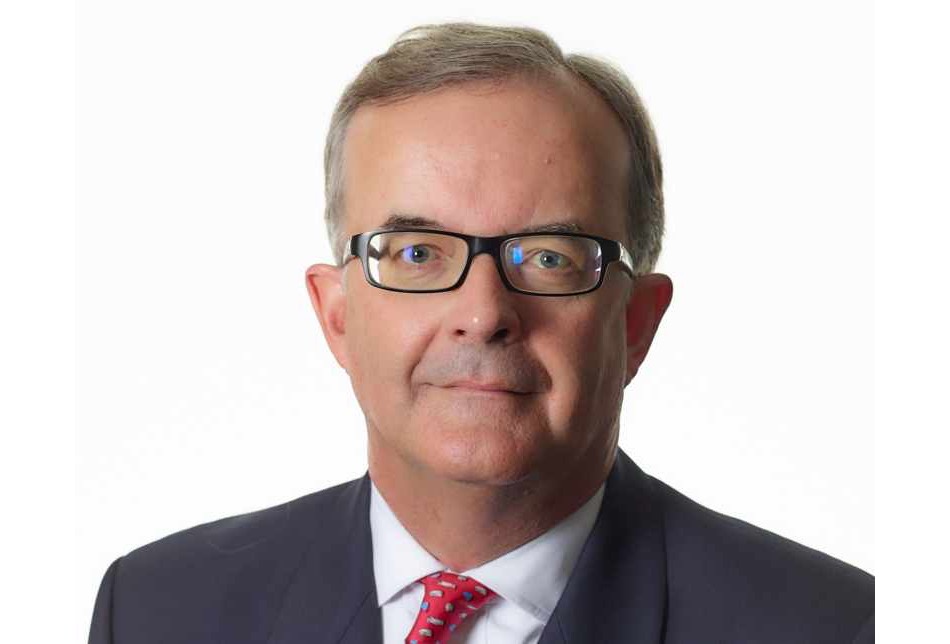Although renewal negotiations started off early, challenges around exclusionary language as reinsurers continued to respond to the pandemic, resulted in a late January 1st, 2021 renewals, according to James Vickers, Chair, Willis Re International.
 In an interview with Reinsurance News around the launch of reinsurance broker Willis Re’s latest 1st View report, Vickers noted a later than desired 1/1 renewals season.
In an interview with Reinsurance News around the launch of reinsurance broker Willis Re’s latest 1st View report, Vickers noted a later than desired 1/1 renewals season.
“They were late despite starting off early as we knew there’d be a lot of discussion and challenges around exclusionary language, particularly on pandemic disease, but also some around silent cyber.”
“So, we did start approaching markets very early, but couldn’t reach an easy conclusion over the exclusionary language,” explained Vickers.
As the COVID-19 pandemic spread across the world, resulting in business closures, work from home orders, and unprecedented lockdowns, reinsurers started to feel the impacts on both the asset and liability side of the balance sheet.
While financial market volatility resulting from the crisis compounded an already lower for longer interest rate environment, numerous lines of re/insurance business experienced increasing losses. Furthermore, legislative actions surrounding business interruption (BI) claims, notably in the UK, fuelled additional uncertainty for reinsurers in a challenging yet firming marketplace.
In response to the BI issue, exclusionary language was always expected to be the main focus at the key, Jan 1st renewals, alongside rates.
“Besides the normal negotiations around price, it was really exclusions. And, there was some discussion around structure of programmes, particularly on aggregates and on low attaching excess of loss programmes. The difficulty on aggregate covers was not necessarily just retro ones but aggregate covers overall, as a number of reinsurers felt that they needed to be restructured and rebalanced to better reflect the interests of both parties.,” said Vickers.
Willis Re’s 1st View report states that for the most part, reinsurers arrested the persistent downward trends of more recent years. At the same time, the report finds that capital levels in the industry recovered quickly in 2020, helped by improving investment markets, retained earnings, and capital raises.
On capital raises, by both existing players and new market entrants, Vickers told Reinsurance News that newcos overall had a minimal impact at 1/1.
“This is partly because, to be fair to them, they were scrambling to get their ratings in place and be actually physically up and running. But case-by-case, they were helpful,” said Vickers.
Adding: “It was more, I think, the existing incumbents who raised more capital because they were already well embedded, had lines on programmes already, no issues with building relationships with the ceding company because they’ve got them already. Those players began to use some of their additional capacity and made their presence felt.”
Looking ahead to the mid-year 2021 reinsurance renewals, Vickers stressed that while it’s difficult to tell at the moment what conditions might be like, reinsurers need to evaluate their portfolios post 1.1.2021.
“Particularly those who are writing pro rata; how are the original pricings moving. Because the real problem for reinsurers now is the low interest rate environment and the third wave of COVID that is pushing all of this out further, so the reinvestment rate is falling away. They need to produce a decent underwriting profit; they’ve got to get their combined ratios down into the mid-to-low 90s in order to generate the ROEs that they’ve been promising to shareholders. And, they haven’t done that for a number of years now.
“So, it’s not a lack of capital, it’s an underwriting performance issue. But when you look at underwriting performance you can’t take a broad brush view, because there’s some sectors, some parts of the world where portfolios have performed very well, and reinsurers have made really decent margins. There are others where it’s a lot more difficult.
“So, I suspect there will be the similar dynamic; difficult classes of business, some difficult territories where the original policy form and rates are not moving sufficiently, they will be problematic. But, it’s absolutely not a capital driven issue so we’re not in one of those historic hard markets where you had a shortage of capital, where basically the tide lifted all boats. It doesn’t work like that anymore,” said Vickers.
“I think if you look at the speed of which the reinsurance market has been capitalised and the interest in the reinsurance market, it’s difficult to say that it will ever face a capital shortage again. Having said that, of course, why is capital coming in? Well, you look at some of the new companies, look at their prospectuses, look at their promised ROEs in an ultra-low interest rate environment, the returns look very attractive to investors. So, in the absence of anything else, capital will still keep flowing in,” he concluded.


